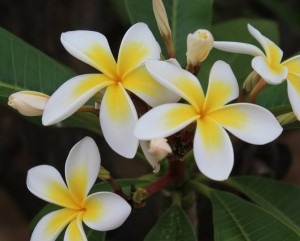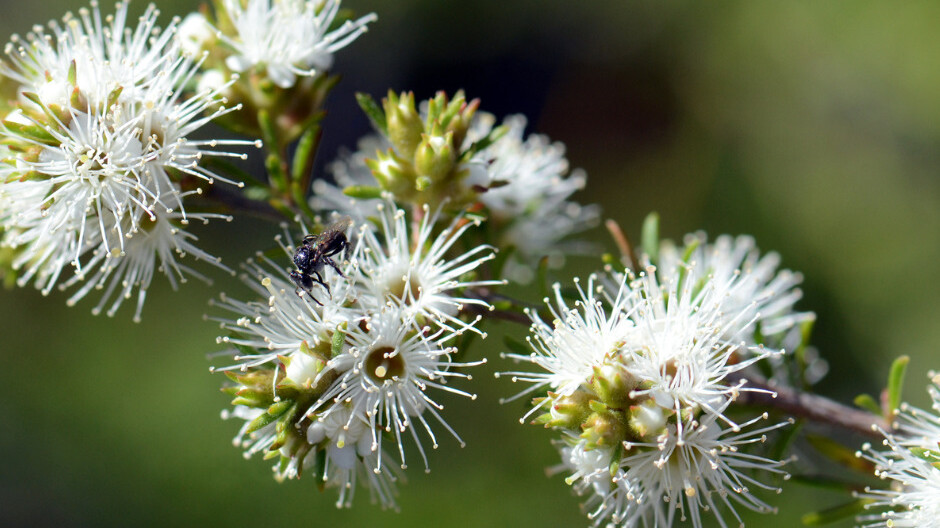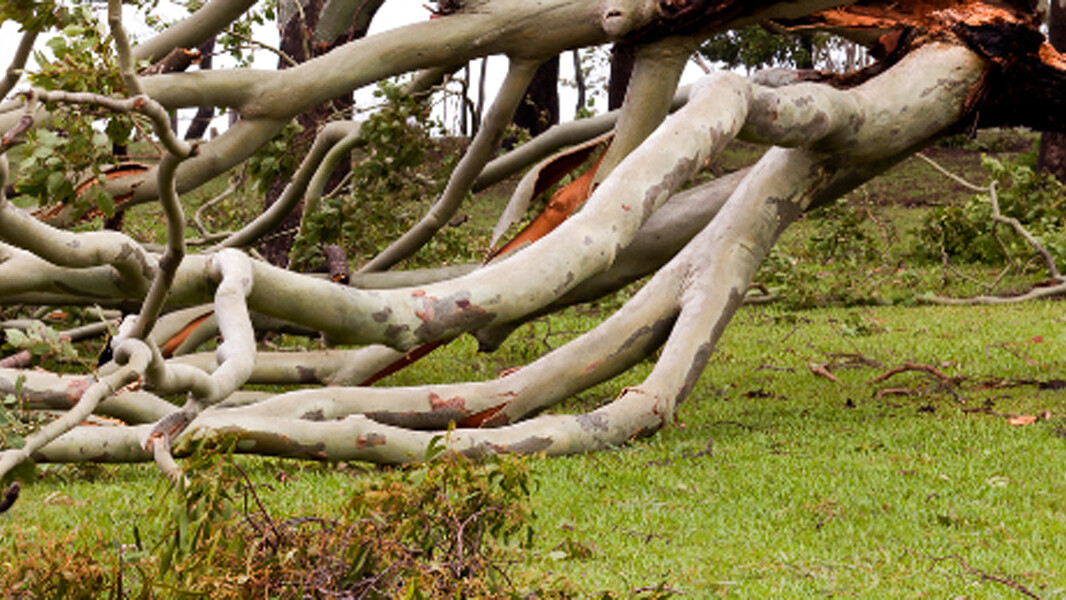I was surprised to find a stunning Frangipani tree growing near where I live in the dry, hot climate of South Australia, so of course I took lots of photos and then thought, ‘I’ll be back in winter to take cuttings from you’!
My surprise was because I didn’t think Frangipani would grow (in the ground) so far away from its preferred climate of tropical and sub-tropical environs (it is a native of central America but not of Hawaii, as many people think because so many are grown there).
Frangipani is quite drought tolerant, in spite of its association with the tropics. In fact there is more of an issue with overwatering, as rotting can occur, especially of cuttings and young plants. However, it is frost tender, although the deciduous species would fare better but a late spring frost could be an issue for young and small plants.
 The commonly grown Frangipani (Plumeria rubra), pictured here, is a small, winter-deciduous tree (although there are different species, so you need to check) that grows to about 5-6 metres in height and about the same in width. It’s related to Oleander and has the same milky, toxic sap, so that is a watch-point. However, the flowers have a divine scent and the tree has a lovely natural shape, so it’s quite irresistible.
The commonly grown Frangipani (Plumeria rubra), pictured here, is a small, winter-deciduous tree (although there are different species, so you need to check) that grows to about 5-6 metres in height and about the same in width. It’s related to Oleander and has the same milky, toxic sap, so that is a watch-point. However, the flowers have a divine scent and the tree has a lovely natural shape, so it’s quite irresistible.
If you live in northern Australia you will have access to a wider variety of cultivars with a variety of flower colours.
Frangipani can be susceptible to fungal diseases, such as downy and powdery mildew and frangipani rust, which can all be treated. Stem rot and black tip die back, as the names suggest, result in rotting stems and tip growth blackening and dying. Usually the result of stress, insect attack, or old age, the stems can merely be cut back to below the problem area. Copper based fungicides can be used to treat all of these problems.
Sap sucking insects do like the tree, but then if you encourage predators (such as lady birds) by not using insecticides, you will find this plant quite easy care. Planting flowers such as daisies, marigold, calendula, sweet alice and zinnias and herbs such as garlic chives, dill, feverfew and mustard will attract a variety of insects that provide a meal for the ladybirds. Those flowering plants also give shelter for predatory insects. Hemispherical scale is another nasty but again, encourage the predators. Be vigilant and a problem won’t get out of control. White oil can be used to control scale.
Propagation is by seed or cuttings. Cuttings can be taken at any time (watch that milky sap, it is a skin irritant too) but are best taken in winter as hard wood cuttings since the sap isn’t flowing and there are no leaves to worry about.
References:
http://www.allthingsfrangipani.com/frangipanis.html (This is an excellent website, with lots of detailed information on growing and information on history, introduction to Australia, myths and legends, and different species)
http://en.wikipedia.org/wiki/Plumeria
Frances Saunders is a horticulturist (B.App.Science), landscape designer and writer now based in Murray Bridge, South Australia after 25 years in Melbourne
Photos: Frances Saunders
Related Articles:
Wildflower gardens – What’s the buzz about?
In the quest for sustainable and environmentally conscious practices, gardening enthusiasts and nature lovers alike are turning to a time-tested…
Why Living Trees Suddenly Fall Down
It is quite common that in winter or after big storms we wonder why living trees suddenly fall down. In June 2021 in Victoria, savage storms swept…




